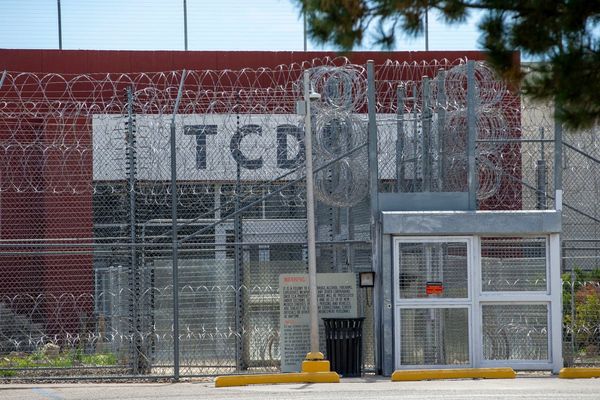
Conversations about the impending death of the federal electric vehicle tax credit often overlook the fact that there isn’t just one EV tax credit. There are three. House Republicans took the first step toward axing all of them this week, but the end of one in particular may prove disastrous for America’s budding EV market.
Firstly, there’s the longstanding $7,500 rebate for clean-car purchases. That is called 30D and is probably the best-known of the bunch. In one form or another, it’s been greasing the wheels of EV adoption since the early days of President Barack Obama's first term. There’s a newer $4,000 program, 25E, that promotes sales of secondhand EVs under $25,000.
Lastly, there’s the commercial clean-vehicle credit—45W—which became law through the 2022 Inflation Reduction Act (IRA) and was designed to hand $7,500 per vehicle to businesses that buy EVs for their fleets. Through a wrinkle known as the “leasing loophole,” this sleepy-sounding policy has kicked off an epic EV-leasing boom.
And if it goes away as one House committee has proposed, so does a primary fuel source driving America’s transition to EVs.

Just 11.5% of the new EVs that changed hands in 2022 were leased, according to data from Cox Automotive. In 2024, the EV leasing rate had jumped to over 45%—more than double the industry-wide percentage. But even those annual averages don’t fully capture how integral leasing has become to EV sales, since leasing has been growing rapidly on a month-over-month basis too. In February, a record 60.6% of EV buyers chose to lease, Cox says, triple the rate for car buyers as a whole.
“This dramatic rise highlights how crucial the leasing credit has been in promoting EV adoption,” Stephanie Valdez Streaty, Cox’s director of industry insights, said in an email.
EV leasing helped propel America’s EV market to record sales in 2023 and 2024, when buyers snapped up roughly 1.2 million and 1.3 million battery-powered models, respectively. Why? The IRA overhauled the standard purchase credit and made it more restrictive. The commercial credit, meanwhile, lacks any of those pesky requirements and is far easier to claim—hence the loophole.

To qualify for 30D, EVs must be made in North America, not have any battery content from China (a tough ask, given that country’s top-to-bottom domination of battery supply chains) and source an escalating portion of their battery parts from the U.S. and its closest trading partners. The idea was to jumpstart EV supply chains that don’t rely on China, with most of it ideally running through the U.S.
Today, 21 EVs qualify for the credit out of around 70 on the market. That number ebbs and flows as the restrictions tighten up, and as automakers shift products into and out of compliance. Additionally, there are price caps and income requirements that limit which cars and buyers are eligible.
Leasing, however, lets anybody get a discount on just about any EV their heart desires. Just not directly from the government. Instead, the leasing company claims the $7,500 commercial-vehicle credit and can pass on those savings to lessees in the form of a discounted payment.
If you’ve been wondering why just about every car brand has been advertising dirt-cheap EV lease deals—like $169 per month for a Hyundai Ioniq 6 or $129 per month for a Kia Niro—that’s why.
Those bargains are outliers. But on the whole leasing has been a great way to get into a pricey EV on the cheap. People also like leasing EVs since it shields them from nasty EV depreciation and provides a hedge as the technology evolves. It’s also a low-commitment way for drivers to try out electrification and see if it fits. Over time, the trend could be a powerful driver of EV adoption; studies show that once a person gets an EV, they rarely return to the noisier, smellier world of internal combustion.
Once the lights come on at the leasing party, we’ll see what unsubsidized EV demand really looks like. And it may not be pretty.
In keeping with the Trump administration’s goal to roll back climate-related policies and extend tax cuts, this week the House Ways and Means Committee proposed and advanced a plan to terminate the commercial and used EV credits after December 31. The main purchase incentive would live on through 2026 for select manufacturers that haven’t sold too many EVs yet.
This framework could change as lawmakers go back and forth on what should or shouldn’t be in President Trump’s “big, beautiful” budget bill. And representatives with fancy new EV and battery factories in their districts could put up a fight. If the credits go away, Valdez Streaty expects a mad dash to gobble up EVs, followed potentially by a slowdown period. But looking out over the horizon, electric cars are here to stay.
“Without the IRA, EV adoption will face multiple speed bumps, but innovation and market forces will help it move forward in the long term,” she said.
Got a story to share about the EV world? Contact the author at tim.levin@insideevs.com







